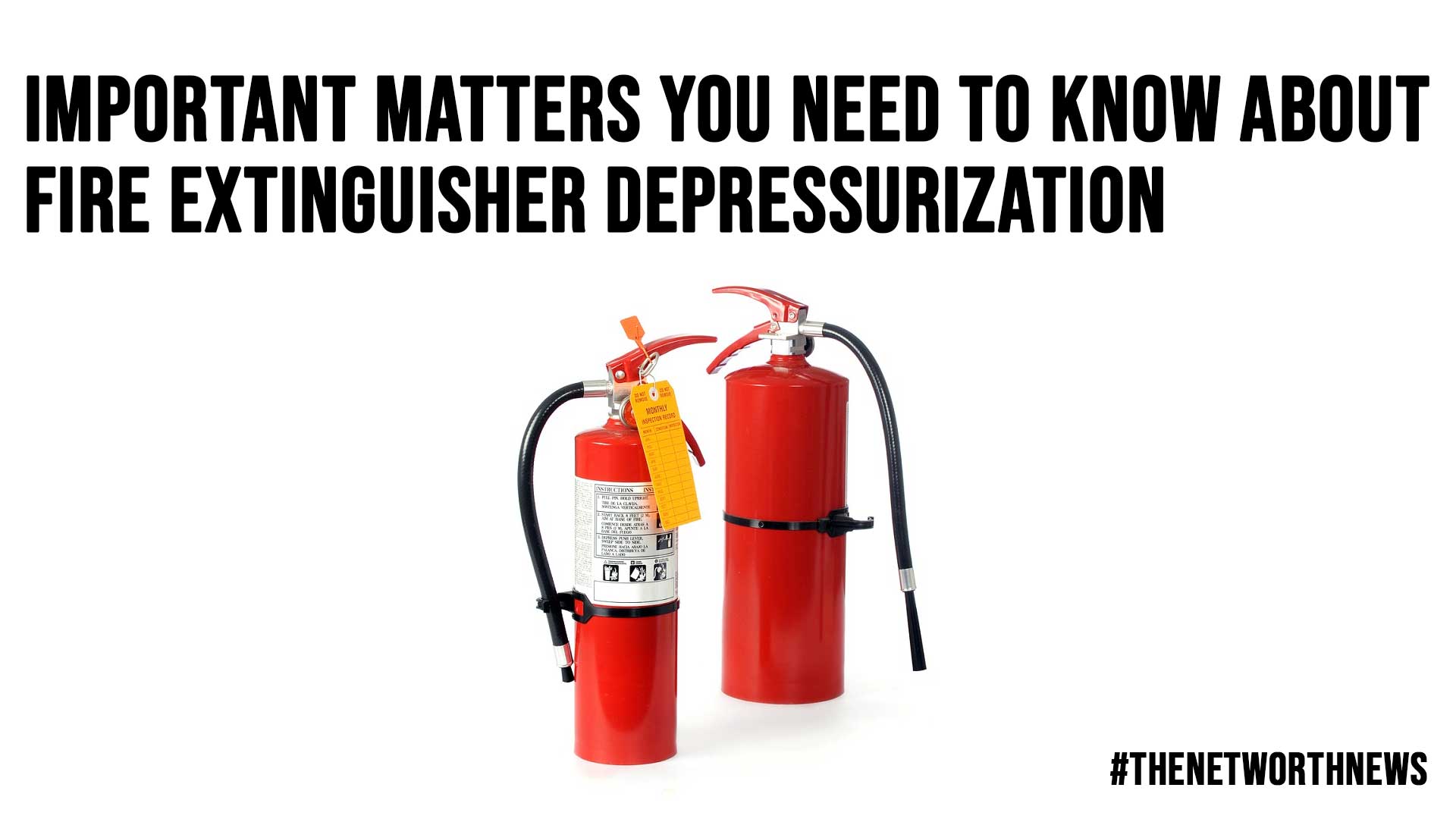Faulty electrical systems and appliances cause nearly 40% of home fires in Australia. Others include heaters, candles, and cigarettes. No matter the cause, a fire can be devastating and even life-threatening to all parties concerned.
Because of this, homeowners must carry out preventive measures and be prepared, too, when a fire hits.
One of the things you may do to minimize your risk of losing your property and belongings (and even your loved ones, too) is having at least one fire extinguisher at home.
However, it’s not enough that there is an apparatus for putting out a small fire within your easy reach. You should do your best, too, to ensure that it is in excellent shape, which is vital for it to perform its job effectively.

Once every five years or as necessary, it’s important for fire extinguisher pressure testing to be conducted by industry experts.
Having Enough Pressure is a Must
There are two very important things inside a fire extinguisher: the extinguishing agent and expellant gas.
The presence of expellant gas is crucial because it’s the one that makes it possible for the extinguishing agent to be pushed out of the cylinder forcefully. Without the expellant gas, a fire extinguisher is pretty much useless.
Enough pressure is vital to be maintained within the fire extinguisher. You can tell how much pressure is within the cylinder by taking a quick look at the pressure gauge.
If the gauge indicator is pointing to the left (“recharge”), the fire extinguisher may not be able to properly expel its extinguishing agent.
If the gauge indicator is pointing to the right (“overcharged”), excessive pressure within the cylinder may cause damage to the hose’s gasket, valve, and related components. This may cause the expellant gas to leak.
Also Read: Things to Pay Attention to When Ordering Wheelchairs and Related Equipment
Losing Pressure Overtime
Leakage of the expellant gas is a complete no-no because it will cause the fire extinguisher to lose much-needed pressure sooner or later. Without enough pressure inside the tank, the extinguishing agent may not be able to put out a small fire effectively.
It’s not all the time that overcharging is to blame for the slow leakage of the expellant gas. In some instances, the leak can also be due to an external force that can cause damage to the valve or its components.
A defective or damaged fire extinguisher cylinder can cause the expellant gas to slowly leak out, too.
Also Read: Effective Tips To Save Money On Auto Parts
Getting the Pressure Tested Regularly
The minute you notice that the gauge indicator is pointing to either “recharge” or “overcharged”, it’s a good idea for the cylinder to undergo fire extinguisher pressure testing.
It should not be delayed because, just like any other accidents, no one can tell when a fire will come into being. It’s best to be ready to put out a small fire anytime.
Even if the gauge indicator is pointing up, getting the fire extinguisher pressure tested is also recommended. It’s a good thing that it doesn’t need to be always done. Fire safety experts say that pressure testing of a fire extinguisher should be done only every five years.
Aside from pressure testing, it is also a great idea to have other tests and maintenance procedures carried out.
Some of them include weighing of the fire extinguisher, inspection of seals, safety pull pin and valve assemblies, cleaning, and refilling of the extinguishing agent and expellant gas, if necessary.
Author bio: Reba Webb is a farmer of words in the field of creativity. She is an experienced independent content writer with a demonstrated history of working in the writing and editing industry. She is a multi-niche content chef who loves cooking new things.